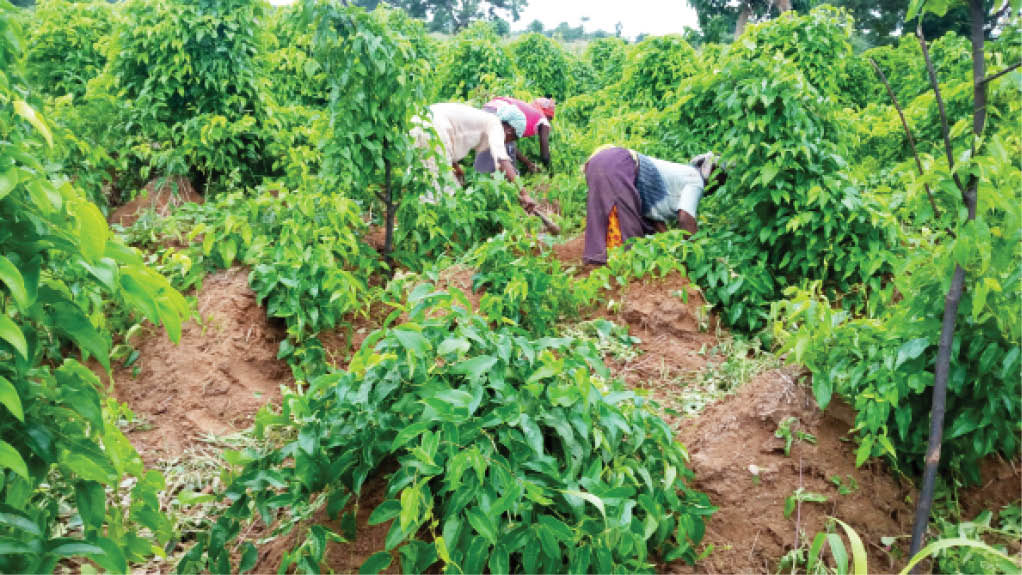Farmers’ guide: Research shows best time to harvest yam
Over the years, yam farmers have not been able to accurately determine the best time to harvest their crop. This is because, according to scientists, the onset of maturity in yam is not well understood and the date of harvest often bears no relationship to the functions and activities of the tuber. Knowing all these […]

Over the years, yam farmers have not been able to accurately determine the best time to harvest their crop. This is because, according to scientists, the onset of maturity in yam is not well understood and the date of harvest often bears no relationship to the functions and activities of the tuber.
Knowing all these are, however, necessary for thousands of farmers that plant the crop across the country as extreme care is needed during harvesting to minimise damage to tubers that can lead to rot and a decrease in market value.
Nigeria is said to account for 60 per cent of the world’s yam output, and 74 per cent of the total production in West Africa.
A research conducted by Bolanle Aishat Akinwande, a Professor of Food Science, Ladoke Akintola University of Technology (LAUTECH), Ogbomoso discovered a scientific process that will enable yam farmers to determine the earliest possible time at which harvesting can be done.
In the research, conducted at the International Institute of Tropical Agriculture (IITA), Ibadan, Prof. Akinwande discovered that the most advantageous time to harvest is when the starch content of the leaf is at its minimum level.
The professor explained that, “It’s at this point that the lower leaves start to turn yellow. I established that this happened before the whole leaves started to decompose some six months after planting had been done in the rainy season.”
According to her findings, harvesting yam at this point will have two major benefits: it will help improve the food and storage quality of the yam and it will also ensure that the farmer can use the same plot of land for planting another crop, especially vegetables, before the end of the rainy season, to generate more income, and added that “this will benefit subsistence farmers enormously.”
Although the research was concluded in 2003/2004, the professor said the findings remained relevant in addressing the farmers’ subjective ways of determining when to harvest yam.
This, she said, often adversely affected the quality and yield of their farms.
Farmers’ common ways of determining yam maturity
Prof. Akinwande said the most common measures farmers used were observing their yam, as well as calculating when to harvest based on the date of planting.
These rather crude indices, she added, had been developed over the years.
She said, “They were based on observations of the ageing process of parts of the yam, percentage of the tuber length that was whitish at harvest or those that had a bitter taste after cooking.
“Using these methods meant that more emphasis was placed on an individual element, such as the taste after cooking. But this amounted to what I call ‘maturity of convenience’ rather than ‘harvest maturity’. And it’s generally a compromise between social requirements and those of the plant’s biology.”
She said the result was that yam tubers were harvested either too early or too late.
Using the new simple technique
Prof. Akinwande said using the simple technique of harvesting when the lower leaves began to turn yellow, farmers could harvest before the entire leaves decompose and can be sure of matured yams being harvested.
She said, “It will also mean that farmers will be able to use the fields to plant for income-earning crops such as vegetables before the end of the farming season. This could translate into improved livelihoods for them.”
